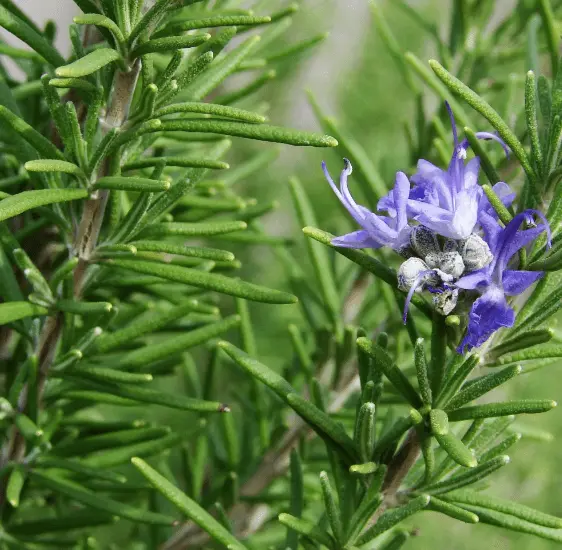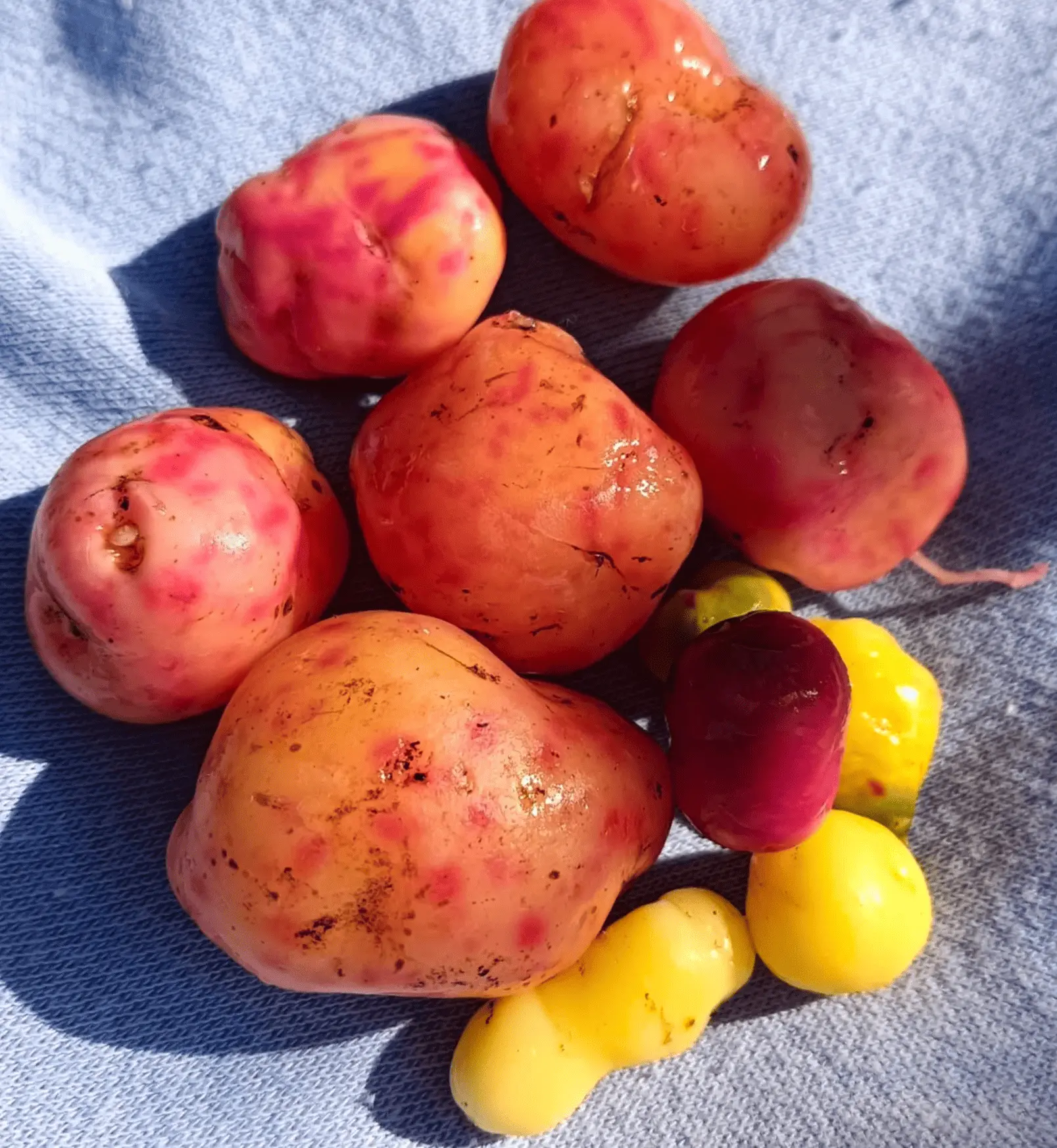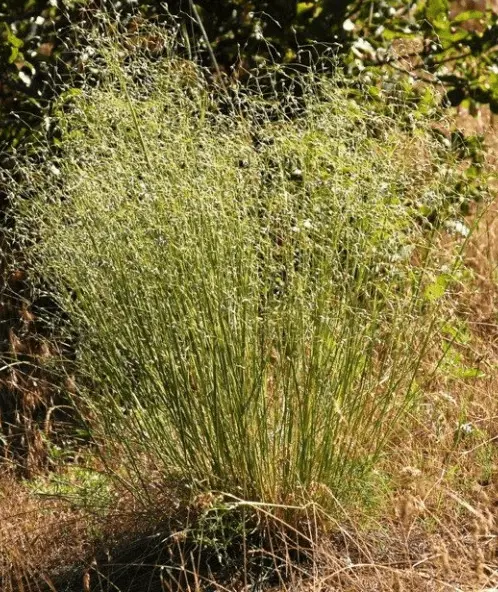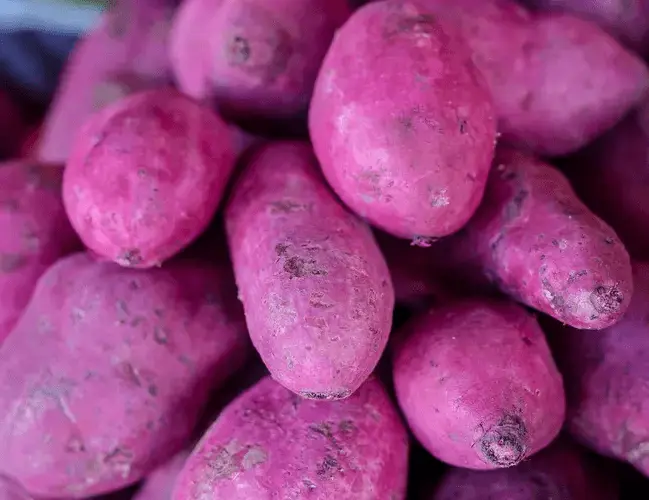
Soil Health & Fertilization
The Habanero Red is a very hot chili pepper with a delicious, sweet, fruity flavor. This spice is greatly used in cuisines globally, particularly in the kinds of Mexican, Caribbean, as well as spicy flavors.
Published on September 22, 2025

Upright Rosemary
Upright Rosemary (Rosmarinus officinalis) is one of the most popular and useful herbs in the world. This hardy species is appreciated for its aromatic leaves and stately growth, as well as in the kitchen, garden, and for its medicinal properties.

Ulluco
Ulluco is a vibrant root crop. The plant has small but vibrantly colored tubers — they can be yellow, red, pink, green, orange, or even a mix of colors (which means it’s one of the most colorful root crops in the world).

Upland Ricegrass
Upland Ricegrass is a tough and adaptable grass found growing primarily in drylands and uplands, fighting it out with the less palatable plants. It is highly valued as a grain food both for people and for animals in areas with few other crops.

Yam
Yams are starchy roots that are cultivated as a food plant throughout the world by farmers. Yams are enjoyed worldwide as a source of nutrients and a cooking staple, and they belong to the Dioscoreaceae family.
Habanero Red has a long history in tropical regions. It has served as a flavoring agent, medicine and preservative. The pepper is frequently found in ancient sauces, stews, and marinades. Due to its intense flavor and heat, it has made its way into countries across the globe.
Habanero Red is used in a number of regional cuisines as a main ingredient. It is particularly common in Caribbean, Mexican and Central American cuisine. The pepper is hailed for its unique flavor and pungency. When used in traditional recipes, it is often indicative of bold flavors.
Habanero is obviously hotter than typical peppers like jalapeño or serrano. It smells very fruity in a way that other hot peppers do not. Although the chilis are tiny, they pack tremendously intense heat. Its bright red color also provides a visual highlight in gardens.
Habanero Red peppers are best known for their superior heat level, as well as the unusually pronounced fruity aroma that few, if any, other chili peppers have. They are one of the hottest peppers commonly used in cooking and were historically valued by indigenous peoples for both flavor and medicinal uses. They have a reputation as one of the spiciest chiles, and so are often used in spicy food challenges and hot sauce competitions.
Habanero Red grows 18–36 inches tall. When the peppers are entirely red, they should be about 1–2 inches in length. The plant likes full sun and is most productive at hot times. Leaves are smooth and aromatic. Flowers are small, white, and star-shaped.
Fresh or dried, habanero red is also available in sauces. Also can be used for salsas, marinades and stews. It is also commonly pickled and used to make certain chili powders. Their heat and flavor make them a favorite in kitchens worldwide.
Habanero Red thrives in warm, sunny climates. It requires good drainage and moderate water. Optimal temperatures are in 70–85°F (21–29°C). Fertile soil improves fruit yield.
Unlike most pepper plant varieties, this one can better tolerate soil bacteria but suffers from infestations of aphids, spider mites, and whiteflies. Repeated wetting of foliage can increase the incidence of fungal infections such as powdery mildew. The airflow is good, and all the spacing is well done, so no problem occurs.
The small, flat seeds of Habanero Red are light yellow. Easy to sow and manage. New seeds sprout more quickly, and robust seedlings are produced
Seeds sprout best in warm soil at 75–85°F (24–29°C). Germination takes 10–20 days. Keep the soil moist but not soggy.
The Habanero Red has a seed viability period of 2 to 3 years. To maximize the seed viability period of Habanero Red seeds, store them in a cool, dry airtight container.
Sow seeds inside 8–10 weeks before the last frost. Plant seedlings in the garden when it is warm enough. Space plants 18–24 inches apart. In warm climates these can be sown directly.
Habanero red is best in rich soil added with compost or organic matter. Keep soil moist and weed-free. Mulching helps retain moisture.
Healthy Habanero Red plants resist pests well. Inspect regularly for insects and remove damaged leaves. Avoid overwatering to prevent fungal diseases.
Habanero Red Fruit is harvested 90–120 days after sowing. They mature from green to vivid purple. There is no need to tear it up; you can either twist the fruit or cut it off. Regular picking encourages more production.
Fresh Habanero Red peppers can be stored in the fridge for 1–2 weeks. Drying or freezing preserves them longer. Handle carefully; the oils can irritate skin. Wear gloves when harvesting or processing.
Habanero Red is a small, extremely pungent chili pepper with a tropical fruit quality aroma and extreme heat. The plant does well in warm areas and gives a continuous yield. It is a small, very attractive plant that is easy to cultivate. They often use fresh, dried, or sauce peppers within their dishes. Habanero Red seeds produce peppers known for their blazing red color, intense heat, and high yield.
It is very hot, much hotter than jalapeños, ranging from 100,000–350,000 Scoville units.
Yes, use a large pot with good drainage and plenty of sun.
Keep soil evenly moist, especially during flowering and fruiting.

Soil Health & Fertilization

Pest Identification & Prevention

Lawn Care Tips & Maintenance

Soil Health & Fertilization

Smart Irrigation Systems

Patios, Walkways & Driveways

Soil Health & Fertilization

Pest Identification & Prevention